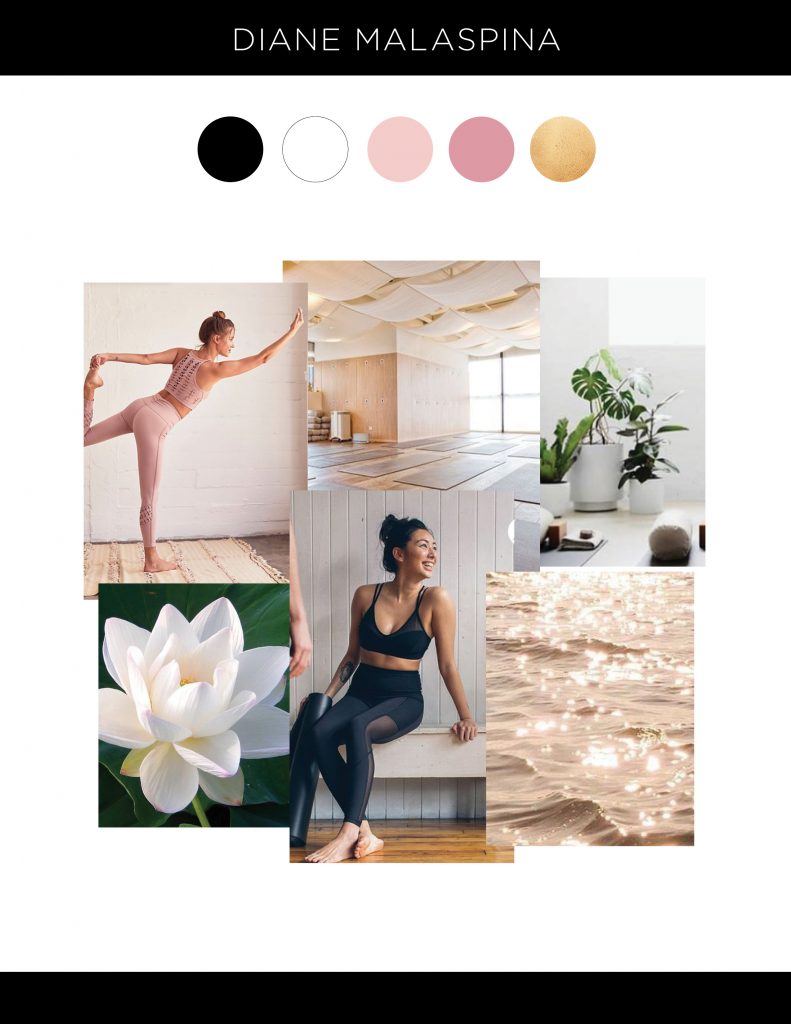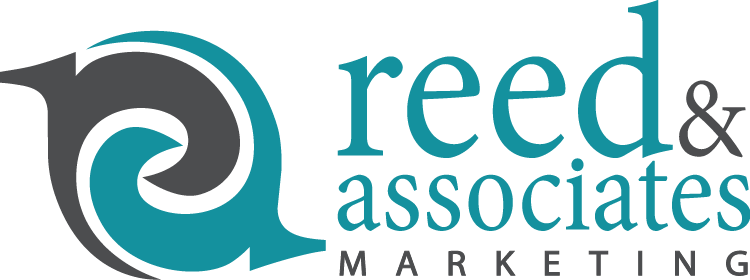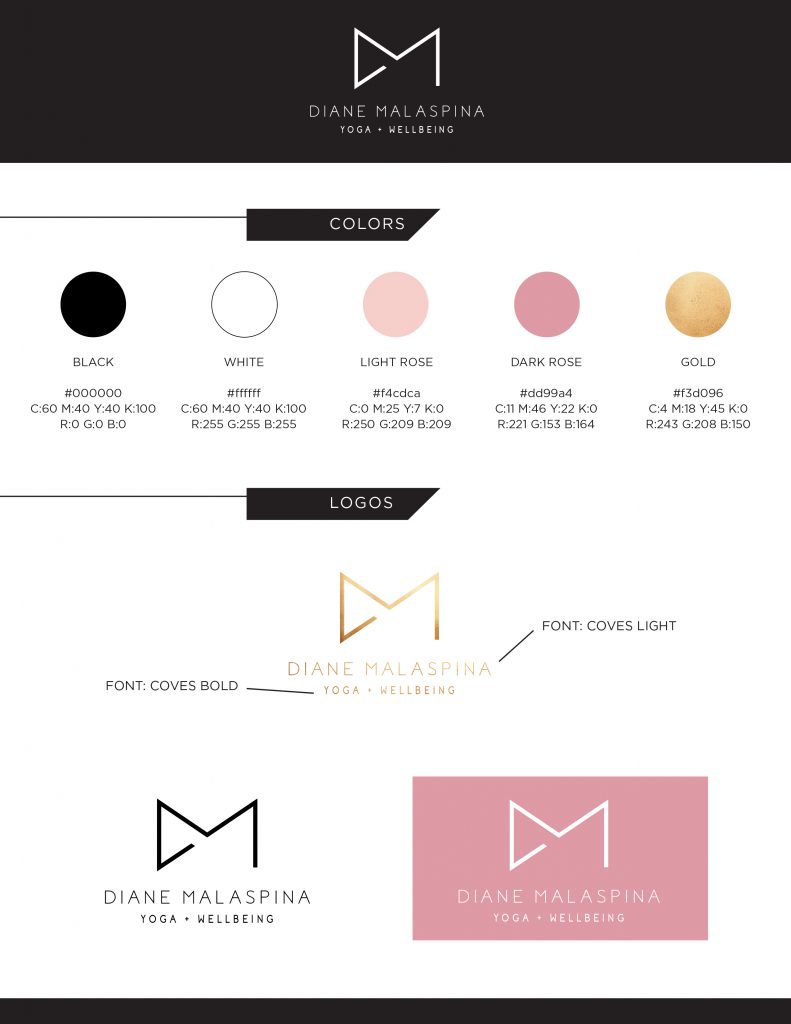In our recent brand identity project with Diane Malaspina, we compiled a full visual branding suite, complete with a mood board.
Today we are sharing a bit more behind what a mood board is and why the creation of one is an important step in a branding project.
What is a Mood Board?
A mood board is used in the initial stages of brand development to help determine the look and feel, demonstrate context and use of preliminary color palettes and obtain inspiration in the overall design direction of the brand.
It is imperative for solidifying the client’s vision. It serves as an initial step to not only get the client excited and invested in developing their brand but also to keep the designer on track while fleshing out each element.
It can consist of imagery and colors the client feels attracted to and that relate to their products, services, personality, values or culture.

Mood Board
How Do You Create One?
When creating a mood board, we go through the following steps:
- Interview the client on aesthetic (colors, desired look and feel) and get a sense of their personality and what they offer
- Create initial color swatches based on their preferences
- Find imagery that speaks to what you gleaned from the interview, considering both look and feel and contextual use
From there, after edits (and maybe a fair bit of finessing), we are set to create the rest of the brand elements such as logo concepts.
Client Example – Diane Malaspina
For example, Diane Malaspina’s business is all about yoga and well-being. She is a trainer for yoga teachers who instructs at training sessions held around the world.
Diane also holds a Ph.D. and has an educational and psychological component that is very important to her brand. When she is not working, she loves being outside, surrounded by nature and ensures she eats well and takes time to have a regular self-care practice. Given all of this, we were careful to select images that provided a frame of reference to her brand.
We used images of items in nature like the sun reflecting on the water, a lotus flower in full bloom and a large Montserrat plant inside of a yoga studio to bring an organic and lively element into her brand feel.
Additionally, we highlighted two yogis, both in natural, approachable poses to speak to Diane’s teaching style, and included an inspiring yoga studio space with mats of prospective yoga teachers.
Brand Identity Guide
Why Does it Matter?
The mood board is meant to inspire both the client and the agency. It should feel exciting to look at, like something new in the making.
As an initial step of the brand creation process, it helps give a sense of the brand’s creative direction.
Then, after the project is finished and the client is implementing their new branding, they will be able to refer back to the mood board when creating their own content. It is a strong director of the brand!
The mood board will continue to inspire and guide the client as well as serve as a sounding board to ensure content remains on brand.
—
Creating a mood board is worth the time investment, however, it is easy to overwork. It is important to keep it simple and not take it overly literal.
Do you have a mood board for your brand? If so, what is on it? If not, do you think it would be helpful? Tell us about it in the comments below.
— The R&A Team


